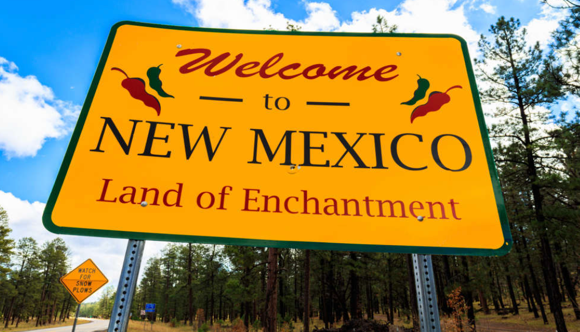Oil and gas rose to prominence in New Mexico when energy companies were able to tap into massive reservoirs of crude oil and natural gas thousands of feet beneath the Permian Basin and cities like Carlsbad.
Wells Drilled in Mew Mexico in 2021
The industry quickly began generating record-breaking revenue from the rural southeast corner of the state, providing funds for schools and other public services across the state.
Last year, data from the New Mexico Oil and Gas Association (NMOGA) showed the industry contributed $2.8 billion to the state’s budget, even as the COVID-19 pandemic reduced fuel demand and production slowed.
2020’s revenue marked a slight dip from the year before, records show, as oil and gas produced about $3.1 billion for New Mexico in 2019.
But overall, the industry’s contributions to New Mexico grew consistently in the last decade from 2011’s total of $1.7 billion.
In the southeastern Permian Basin where most of the oil and gas is produced, the industry provided billions of dollars to the local economy and supported thousands of jobs.
Eddy County saw about $3.8 billion in overall contributions to its local economy, NMOGA reported, and about $1.3 billion in labor income for 16,572 jobs.
To the east, New Mexico’s other Permian Basin county saw similar contributions to its economy and job market, with Lea County receiving about $3.2 billion overall for its economy, $1.3 billion in labor income and 18,329 jobs supported by the industry, per NMOGA records.
Locally, the industry’s activities also meant more money for schools, bringing in millions in education dollars to New Mexico’s 33 counties.
Eddy County last year received about $38.6 million for schools, per NMOGA records, while neighboring Lea County got about $48.4 million.
Those dollars weren’t only provided to New Mexico’s lead oil-producing counties.
Metropolitan areas saw even bigger contributions to schools with Bernalillo County receiving $409.4 million in education funding from oil and gas, and Doña Ana County gaining $185.2 million.
Oil & Gas News












